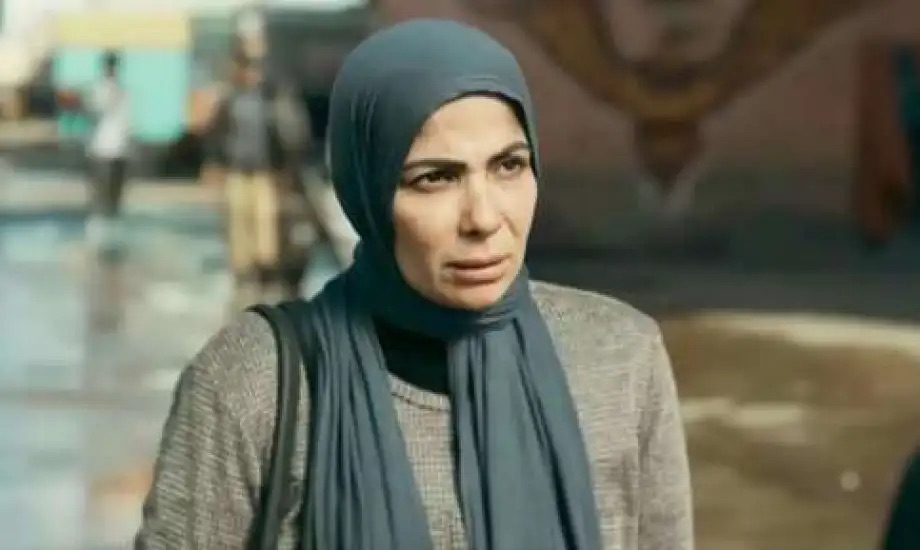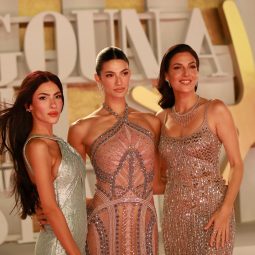via Sada Elbalad English
Media serves to reflect society, as it shows its audience what’s happening directly around them. It aims to trigger minds with numerous hot-button topics presented. Egyptian culture has undergone its fair share of transformations politically, religiously, and socially over the years. All these changes have been showcased in the media. Yet, when it comes to specific topics, misrepresentations seem to take the lead persistently, with a noticeable example being the depiction of hijab in Egyptian media.
Regardless of Religion

The first appearance of a headscarf in black and white films was in Atfal Al Nesa2, in 1932, where the head covering was worn by a peasant. The film additionally saw nurses and factory workers covering their hair as a part of their uniforms, although not for religious reasons. At that time, seeing a hijab on screen was rare; this was not due to an objection to or detraction from the hijab but because most Egyptian women did not wear it then.
From the eighties to the nineties of the twentieth century, the hijab gradually became predominant in Muslim women’s clothing. Despite the media ignoring its spread in terms of portrayal, the new generation of celebrities paved the way with their refrain from explicit scenes in movies. In other words, Egyptian cinema started producing films devoid of kisses in the name of “clean cinema”.
Introducing the Hijab
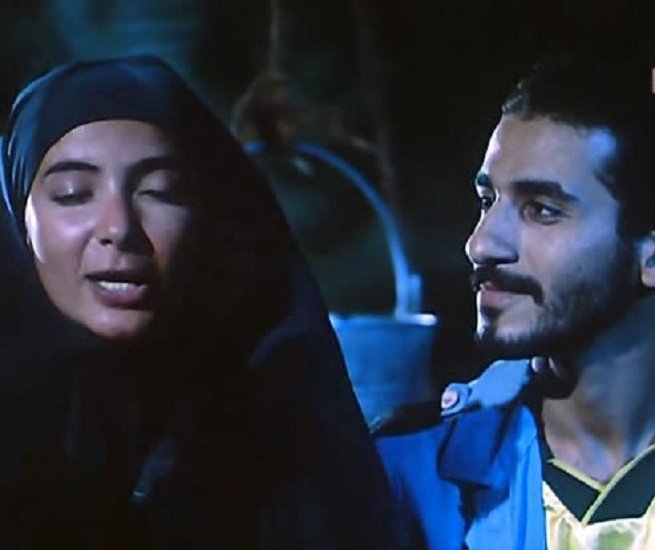
via IMDb
By the beginning of the 2000s, Mona Zaki’s appearance with the hijab in Omar 2000 caused major controversy. Rumours of the actress wearing the hijab in real life rose among the paparazzi. After that, similar roles began to follow, with Mona wearing a headscarf again in Sahar Al Layaly, Hend Sabry sporting one in Ahla Al Aw2at, and Yasmine Abdelaziz adopting the accessory in Saye3 Bahr.
Controversy and Bans
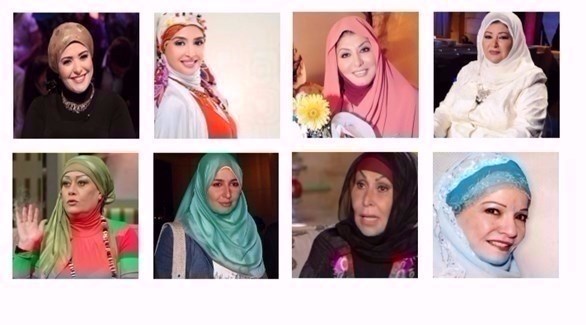
In 2006, several actresses wore the hijab; Hanan Turk took the lead, while Abeer Sabry, Hala Shiha, Ghada Adel, and others followed. In addition, multiple actresses from the golden age of cinema, who wore the hijab and retired in the late ’90s, made a comeback.
Shows led by hijab-wearing Suhair Ramzy, Suhair Al Bably, and Sabreen were screened but, to the surprise of many, were soon banned. It was later said that the wife of the ex-president, Suzanne Mubarak, was behind the ban due to her notion that the shows were promoting girls to wear the hijab. Consequently, the hijab’s appearance on the screen declined gradually until the revolution.
Stereotypical Misrepresentations
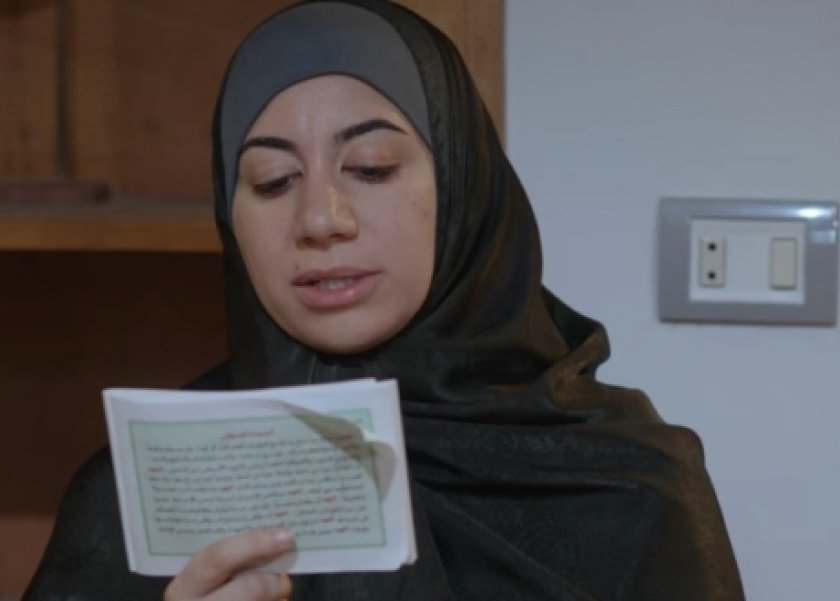
via El Wattan News
With Mohamed Morsi’s removal from the Egyptian presidency, the representation of the hijab turned stereotypical. Whenever you came across a hijabi in a film, she would be either of a lower class, extremely religious, or oppressed. Needless to say, the movies also flaunted the stereotype that by taking it off, women would finally be liberated with their freedom back in hand.
Even with shows like Sabe3 Gar, which accurately represented middle-class families, although most of the cast was veiled, the show writers still managed to revolve a hijabi character’s whole storyline on how close-minded and strict she was.
Speaking Up
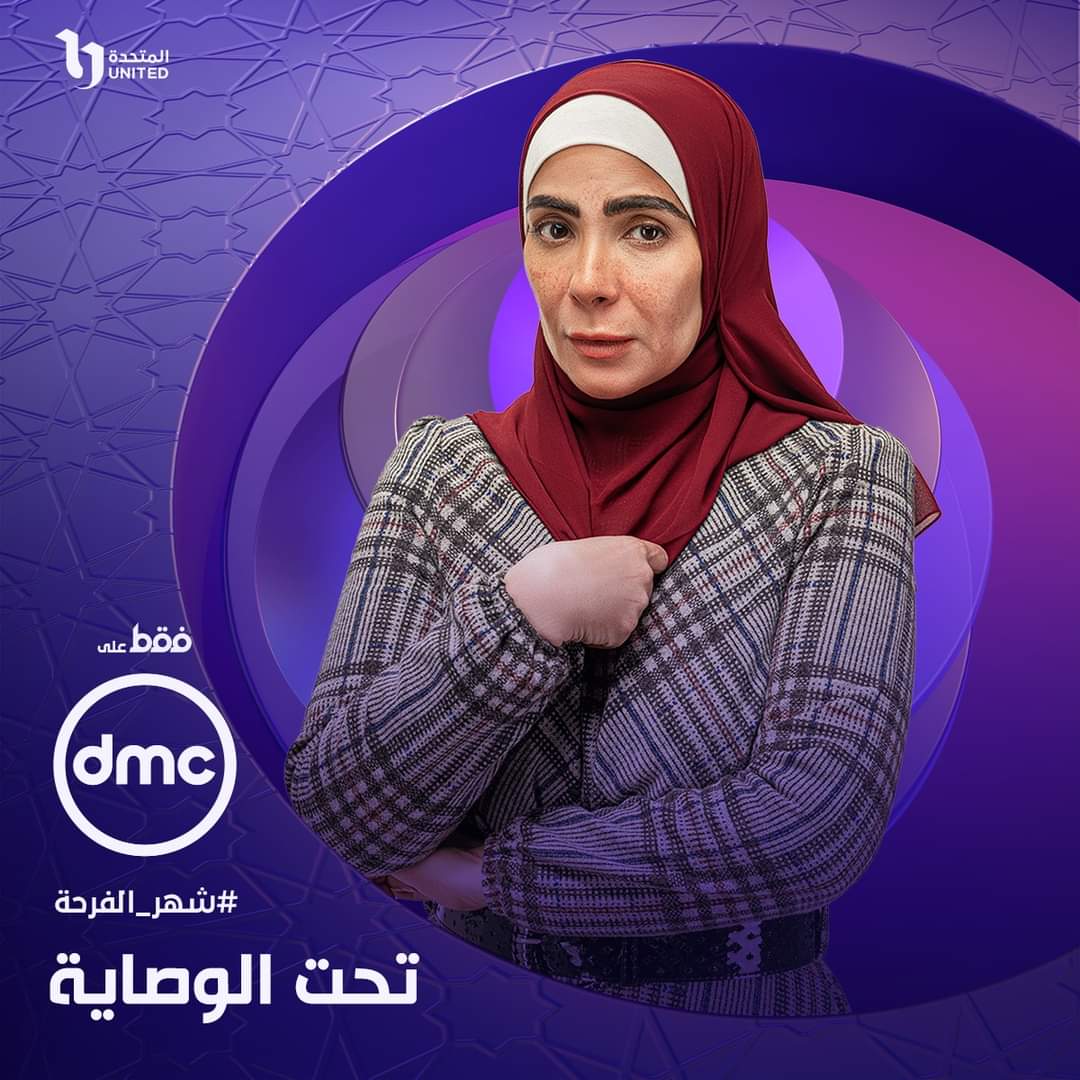
via Facebook
Recently, the posters of a veiled Mona Zaki from her anticipated Ramadan 2023 show, Taht Al Wosaya, surfaced to tremendous backlash. While the show hasn’t been released yet, many were outraged over the character’s bushy eyebrows and puffy eyes correlating to women not looking attractive with the hijab. Many counteracted the arguments saying that the character’s storyline is the reason behind how she looks and that her headscarf has nothing to do with it. We’ll have to wait and see for ourselves what concept the hijab takes on in this series!

